Electronic drivetrains aren’t new to mountain biking, but they’re yet to have made a meaningful impact on the market. That could change with the SRAM XX1 Eagle AXS. Unlike other currently available models, the wireless drivetrain offers riders real added value, as we quickly found out on our first test ride.
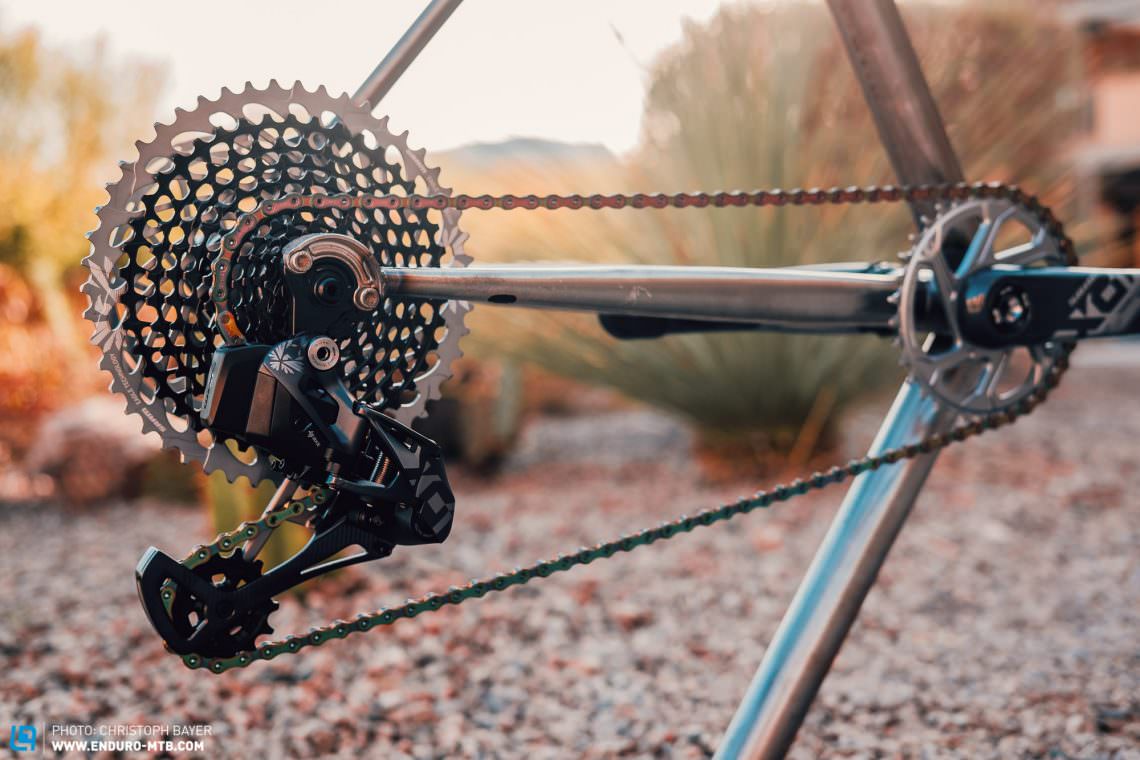
It was only a matter of time before SRAM released the XX1 Eagle AXS. The American brand has long been offering the eTAP wireless electronic drivetrain for road bikes so the witchcraft of wireless operation is nothing new to their global design teams. After unchallenged domination in the road sector now they’re pursuing the mountain bike sector with the XX1 Eagle AXS and the X01 Eagle AXS. As before, the XX1 range is aimed at weight-conscious XC and marathon racers. The X01 range is heavier, albeit more robust and therefore designed for Trail riding. Functionally, there are no noticeable differences, which is why our review refers to both models.
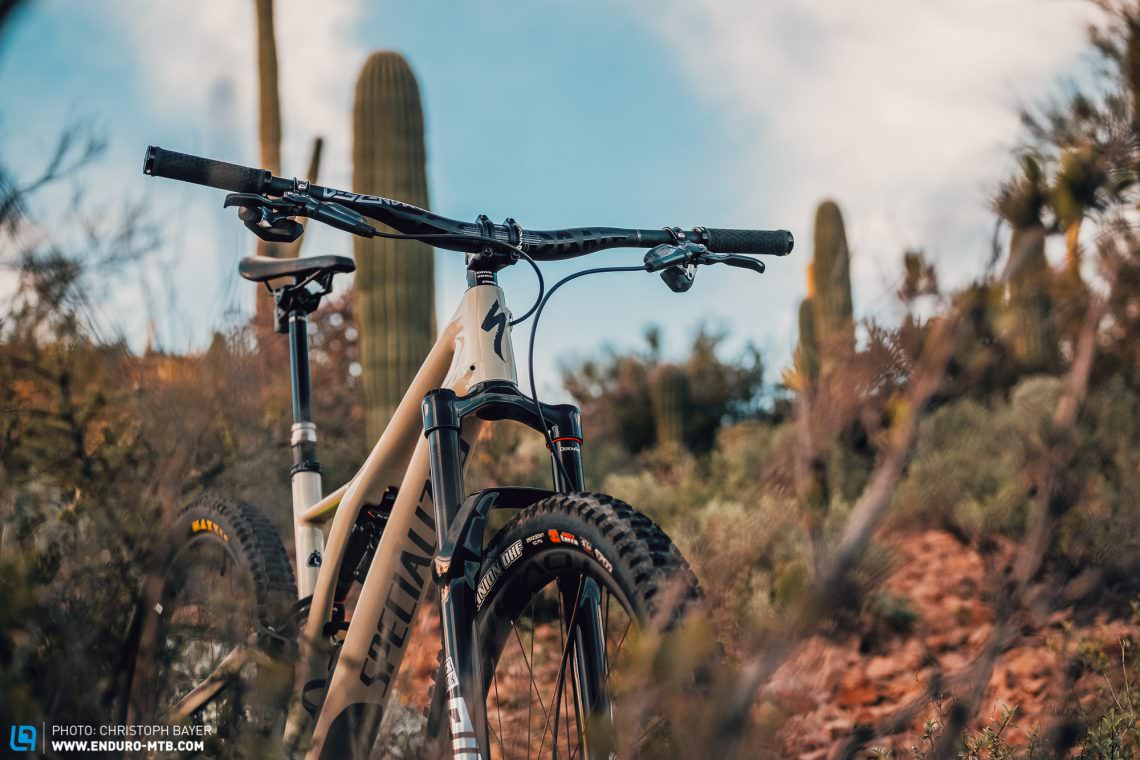
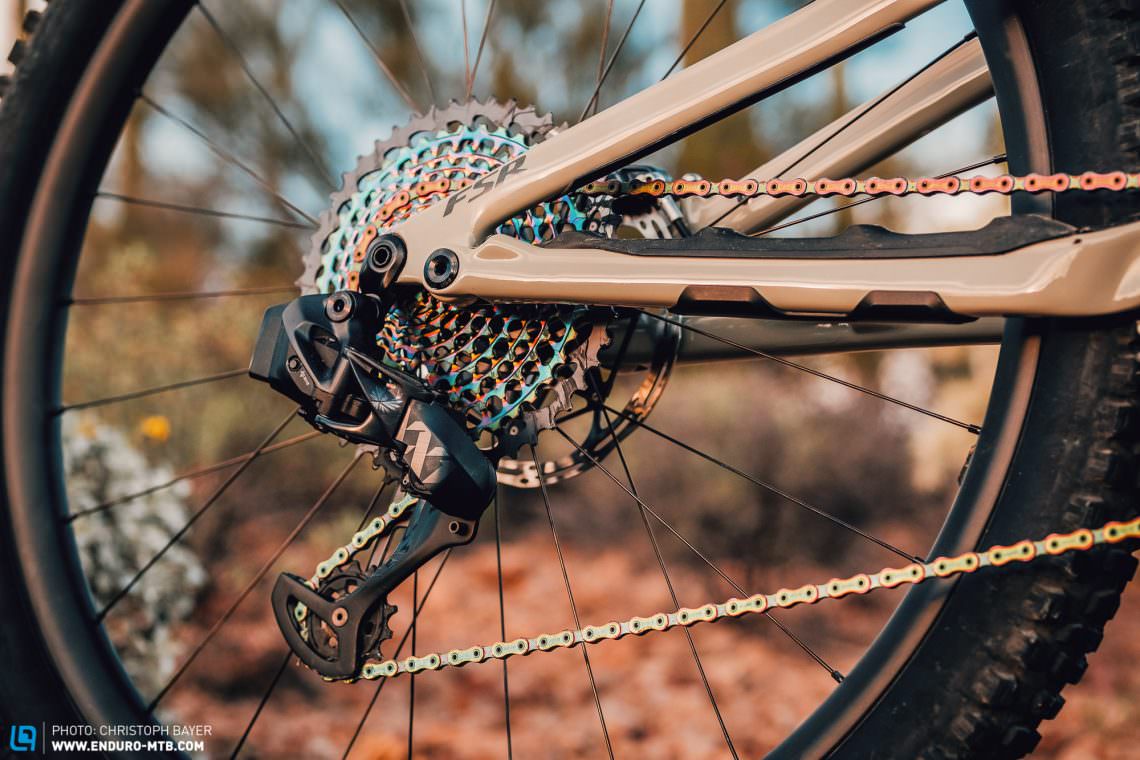
The SRAM Eagle AXS in detail
The new wireless SRAM Eagle AXS is based on their well-known and proven Eagle technology, slotting in right at the top of the American brand’s product range. The electronic drivetrain is compatible with existing Eagle components such as the chain, cassette and crankset. At the heart of the new groupset is the AXS data transmission standard via which the individual components communicate with each other, specially developed by SRAM. The communication is quick and very energy efficient. The derailleur also has a Bluetooth and ANT + module, allowing it to communicate with other external devices. Using the AXS app, you can customise the drivetrain to your preferences, perform a firmware update or set yourself a service reminder. However, you don’t need the app to use the drivetrain.
Battery
Rear derailleur: SRAM battery | Controller: CR2032
Gear Range
500% 10-50
Configuration
SRAM App
Price
XX1 € 2,100 | XO1 € 2,000
Availability
End of March 2019
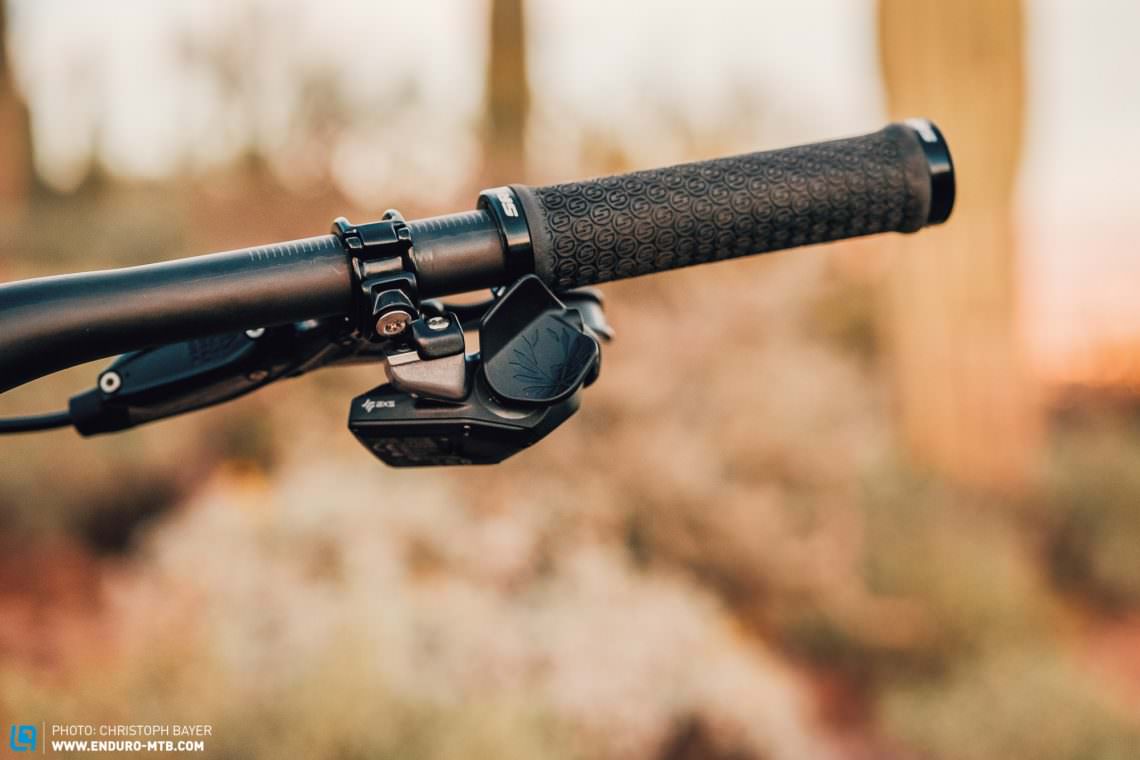
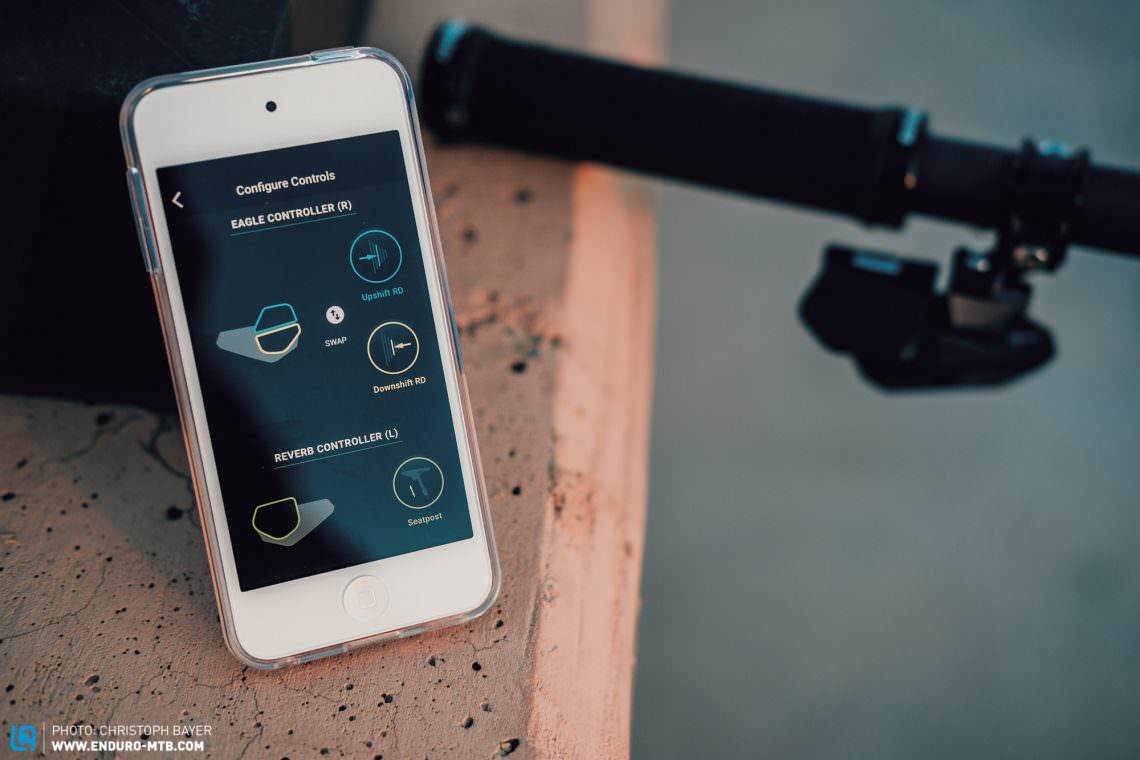

Yes, in the future you’ll have to charge the batteries of your bike’s drivetrain, but …
… SRAM has given it a lot of thought. For example, the shifter itself uses virtually no power, which is why the small 2032 button cell battery is claimed to last for at least two years. The battery on the rear derailleur should last about 20 hours – depending on how often you shift. It uses the same battery as the new Reverb AXS and it can be fully charged in just 1 hour. If you’ve got both components on your bike, you can swap the battery from the dropper post with the one on the derailleur to get back home in case you run out. But since you can check the battery level on the rear derailleur with an LED, this shouldn’t ever be necessary. If you want to be on the safe side, you can carry a spare battery in your pocket – thanks to its small size, this is no hassle at all. The AXS components are waterproof too, allowing you to carry on mistreating your bike with a high-pressure cleaner.

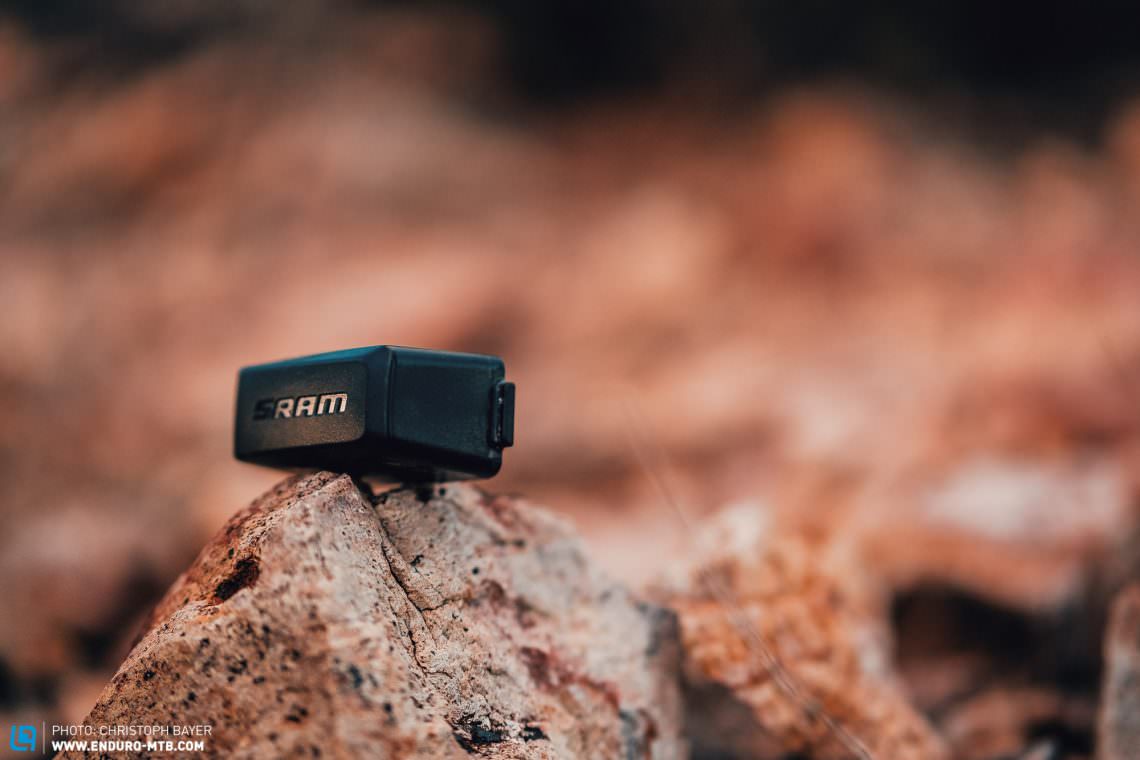
The facts about the SRAM Eagle AXS: price, weight and colours
So far we haven’t had the opportunity to weigh the individual components of the SRAM Eagle AXS. SRAM hasn’t released exact weights either, other than stating that the XX1 Eagle AXS is about 5g lighter than the mechanical XX1. However, the mechanical version of the X01 is about 15 g lighter than the X01 Eagle AXS. The AXS groupset will initially only be available as a complete package with the cassette, bottom bracket, crank, shifter, chain and rear derailleur for € 2,100 (XX1) or € 2,000 (X01). he components will also be available individually later in 2019. The new XX1 cassette and chain come in a colourful rainbow colour, which is supposed to be as tough and hard wearing as the gold XX1. The X01 is available in timeless black/silver. Of course, all components can be mixed and matched with each other. SRAM also emphasises that the Eagle AXS is not meant to replace their mechanical drivetrains, but merely add to their portfolio.
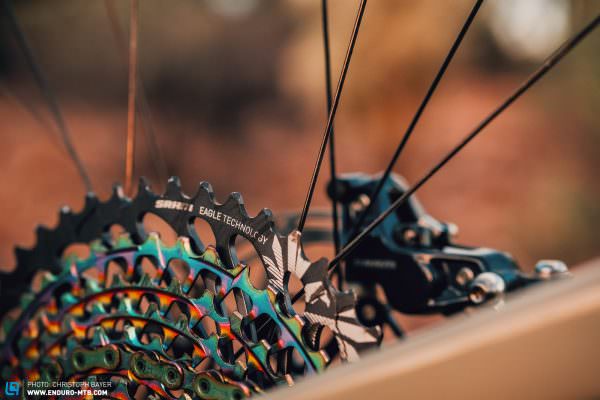

The derailleur of the SRAM Eagle AXS in detail
At the heart of the new SRAM Eagle AXS groupset is the derailleur. It is the master device with which all other components communicate, featuring additional Bluetooth and ANT + connectivity. Compared to mechanical Eagle models, the derailleur has been lifted about 10 mm further from the ground, and the upper jockey wheel is positioned further forward, which wraps the chain further around the cassette. To avoid damage, a second integrated clutch ensures that the rear derailleur can disengage and move out of the way in case of contacting an obstacle on the trail. If it’s knocked out of alignment, it automatically and immediately returns to the previously selected gear. Checking the battery level can be done via an LED on the derailleur.


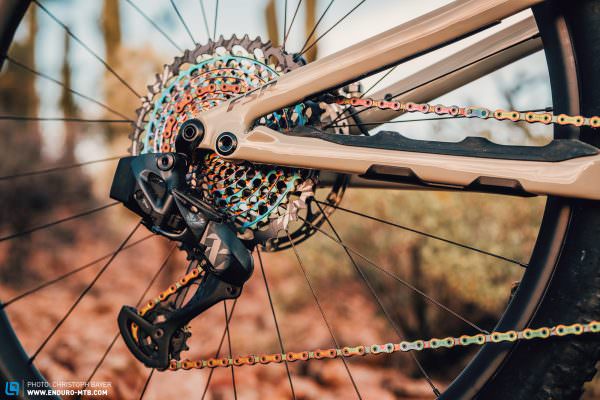
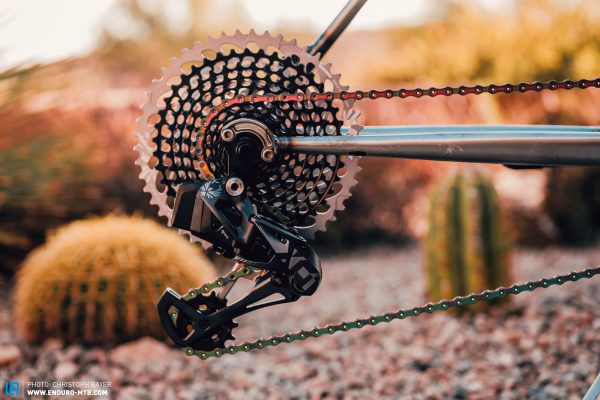
The shifter of the new SRAM Eagle AXS
The word “lever” isn’t quite correct when referring to the new AXS shifter, since it has only two buttons and no levers. You can configure the assigned function of the two buttons freely with the app. Shift up and down or control the Reverb AXS dropper post? The choice is yours. The paddle is designed in such a way that you can press the rear button with your thumb or pull it with your index finger – ideal for sprints. The controller is fed by a 2032 button cell battery, which should last for about 2 years. If you don’t use the controller, it goes into a sleep mode, from which you can wake it with a single click.

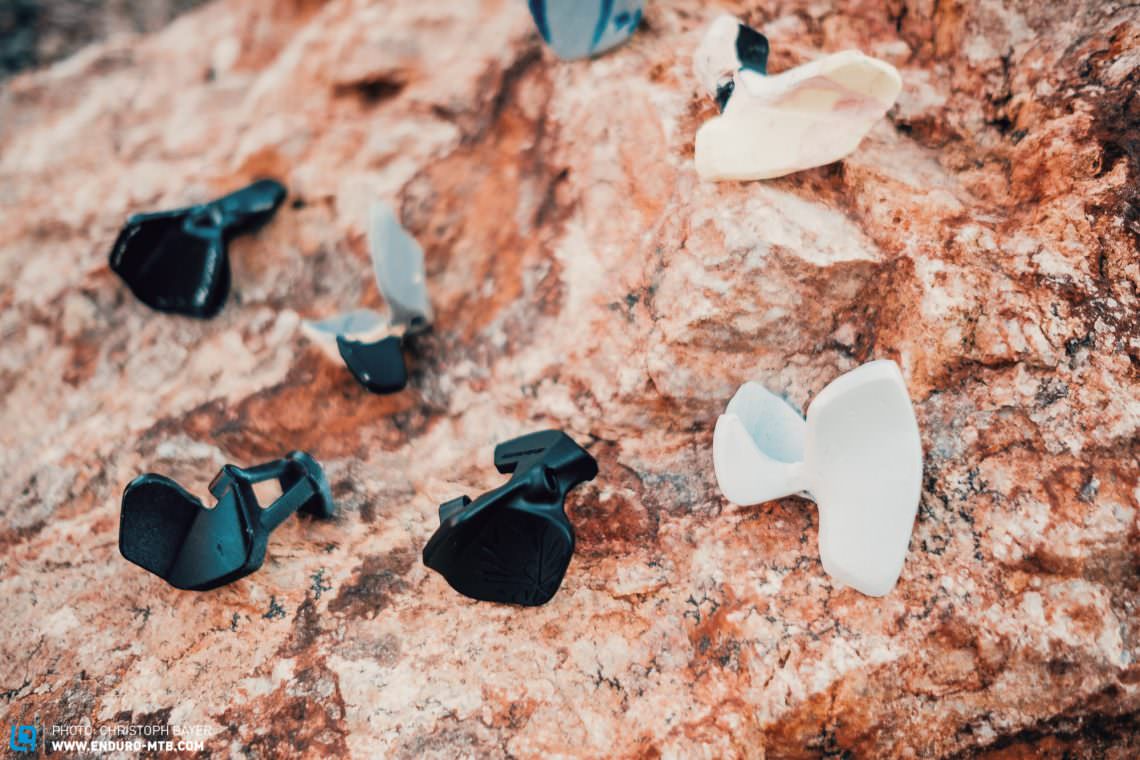
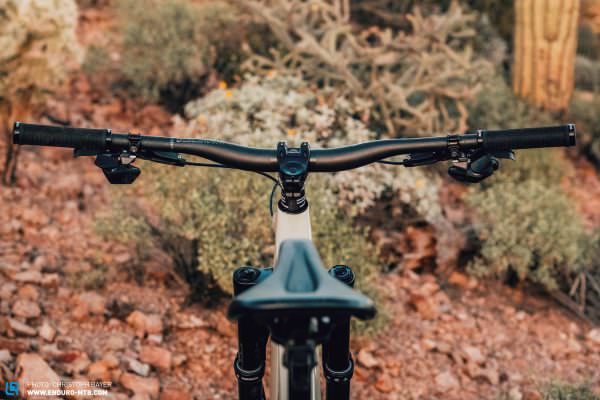
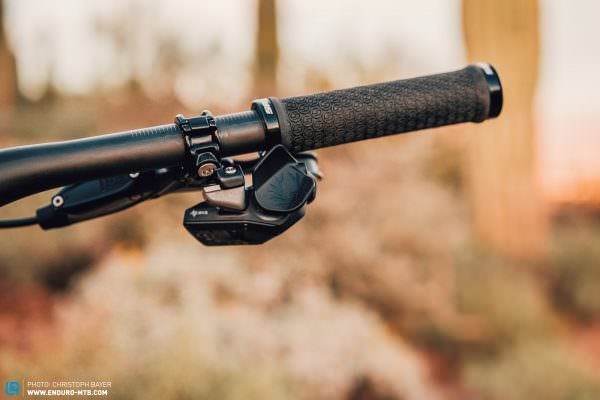
Installing the SRAM Eagle AXS
No drivetrain has been easier to install than the new Eagle AXS. Mount the rear derailleur and shifter unit, pair them, fit the chain, align the rear derailleur and off you go! The derailleur knows the exact gear jumps on the cassette, so you don’t even have to adjust the stop screws. We recommend doing it anyway, for added peace of mind. If the stop screws are set incorrectly for a full shift, the intelligent derailleur will protect the motors. Even without the app, you’ll be ready to go immediately. If you want, you also have the option of customising the assigned function of the shifter paddles.

The SRAM XX1 Eagle AXS on the Trail
For years, we’ve been riding with mechanical drivetrains and, ignoring Grip-Shift, the shifting process has almost always been identical. At first glance, the new shifter looks very unusual. But surprisingly, it doesn’t take any getting used to. Click, click, click; shifting gears is intuitive and effortless, right from the start. Even in technical terrain where you’re occupied with line choice, we never shifted in the wrong direction. On the contrary, we had the impression that we could concentrate even more on the Trail, as the shifts were always carried out reliably and quickly with a snappy click.


A click on the shifter paddle causes the derailleur to shift up or down with crisp precision, almost instantly. The chain literally glides between the cassette sprockets. Shifting happens with a speed and precision that we’ve yet to experience with any other drivetrain. Even while putting all the power you’ve got through the pedals, the derailleur will stoically shift gears. Only very fast double shifts under heavy load were able to elicit a slight creak from the drivetrain. Shifting up is almost completely silent, whereas when shifting down, you can hear the quiet whirr of the electric motor. The drivetrain doesn’t give an audible or haptic signal when it reaches the end of the cassette, and we occasionally carried on clicking even though we had no more gears left. The clutch works similarly to that of SRAM’s mechanical derailleurs and we never lost a chain on our test rides. However, the two-day test period was too short to say anything about the durability of the complete system – we’re looking forward to some long-term testing!
Think less, have more fun! The Eagle AXS makes it easier to focus on the Trail.
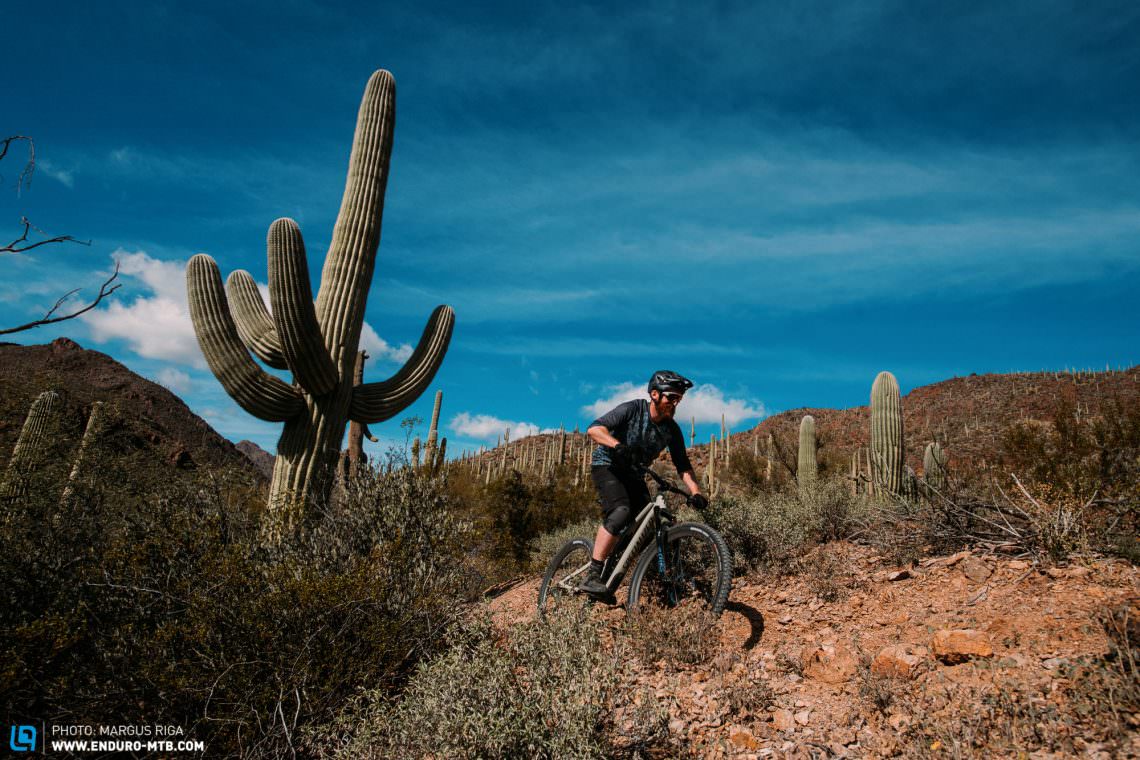
Conclusion of the new SRAM Eagle AXS
The SRAM Eagle AXS sets new standards! Not only in terms of shifting performance but also in terms of simplicity, connectivity and user-friendliness. The setup is a piece of cake and the performance is outstanding, we can’t even imagine the future potential. The drivetrain marks the spearhead of SRAM’s product line-up, which is clearly reflected in the price.
For more information head to sram.com
After testing the new SRAM XX1 Eagle AXS and the Reverb AXS we found 13 good reasons why we can’t wait to stick these gems of wireless innovation onto our own bikes. You find them in a separate article.

Did you enjoy this article? If so, we would be stoked if you decide to support us with a monthly contribution. By becoming a supporter of ENDURO, you will help secure a sustainable future for high-quality mountain bike journalism. Click here to learn more.
Words & Photos:









